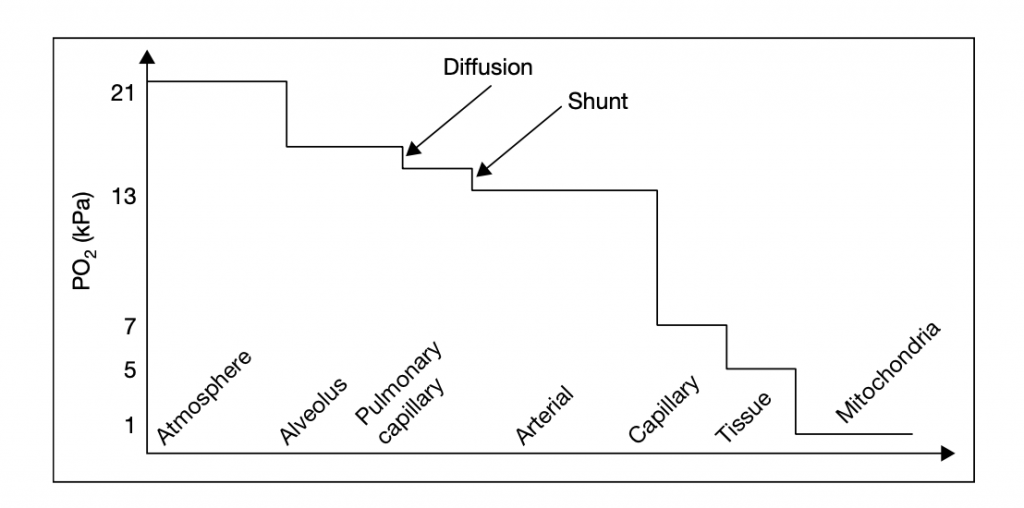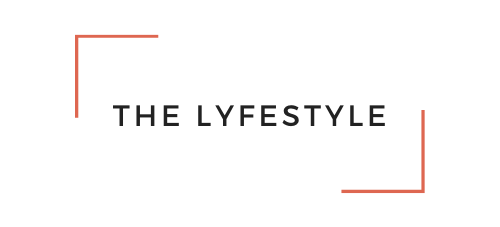Over the past few months, we’ve gone over three of what we like to call the four “F”s of Fitness: Force, Flex, and Fast. This week, we’re going to dive into the fourth and final “F” of Fitness: Get Fit, or cardiovascular endurance. Endurance training is any sort of exercise in which you’re moving your body for an extended period of time. Typical endurance activities include jogging, cycling, hiking, swimming, rowing, etc. However, endurance activities also include household chores, cooking, walking a pet, or low-impact sports such as golf.
These types of activities predominantly work your aerobic system (as opposed to the anaerobic systems which are used more for high intensity exercise and strength training). It’s called the aerobic system because it relies on oxygen to produce energy. Your body’s ability to deliver oxygen from the environment to your muscles is done through the oxygen transport system. Here are the basic steps:
1. Oxygen enters your lungs through your mouth and nose.
2. Oxygen diffuses from your lungs into your red blood cells.
3. Your heart pumps this oxygenated blood through your blood vessels to your muscles.
4. The oxygen diffuses from the blood into your muscle cells.
5. Mitochondria (a structure inside your cells) uses oxygen to break down food to produce energy.

Exercise improves every step of this process. With endurance training, you build a greater lung capacity and stronger heart, there is an increase in red blood cells and capillaries to deliver oxygen to your muscles, and there is an increase in the number and efficiency of mitochondria to create energy. Basically – your body is better able to deliver oxygen to your muscles AND your muscles are better able to use this oxygen to produce energy. All of these adaptations help reduce the risk of numerous chronic diseases including cardiovascular disease, certain types of cancers, type 2 diabetes, and obesity. Not to mention these adaptations help you perform better, recover better, and give you more energy throughout the day!
For optimal health and performance, you should be incorporating some strength, speed, and mobility exercises into your routine. However, if you’re new to exercise, aerobic exercise is the easiest way to start exercising and building endurance. This is because aerobic activities are usually low impact and often don’t require equipment. In fact, you can start by just increasing the length or intensity of an activity that you’re already doing throughout the day. For example, take your daily walk up a notch by incorporating some speed walking or light jogging into it. Or replace one walk per week with a jog, bike ride, hike, or swim.
When you’re doing long, endurance exercise, you should be working harder than if at rest, however it should still be fairly easy. You should be working at about 50-65% of your maximum heart rate (HRmax). If you don’t know your maximum heart rate, here is an easy estimate: HRmax = 220 – your age. Keep in mind that maximum heart rate is individual, so use this as a guide only. If you don’t have a way to measure heart rate, you can also use the “talk test”. During endurance exercise, you should be working hard enough that you can hear yourself breathing, but you should still be able to hold a conversation.
If you’re new to this type of exercise, make sure you start slow and gradually build up your endurance to prevent injuries.
Most importantly, remember that the final “F” of Fitness is Fun! You’re never going to stick with an exercise routine that you hate. So make sure you choose an activity that you enjoy so that you stick with it!









